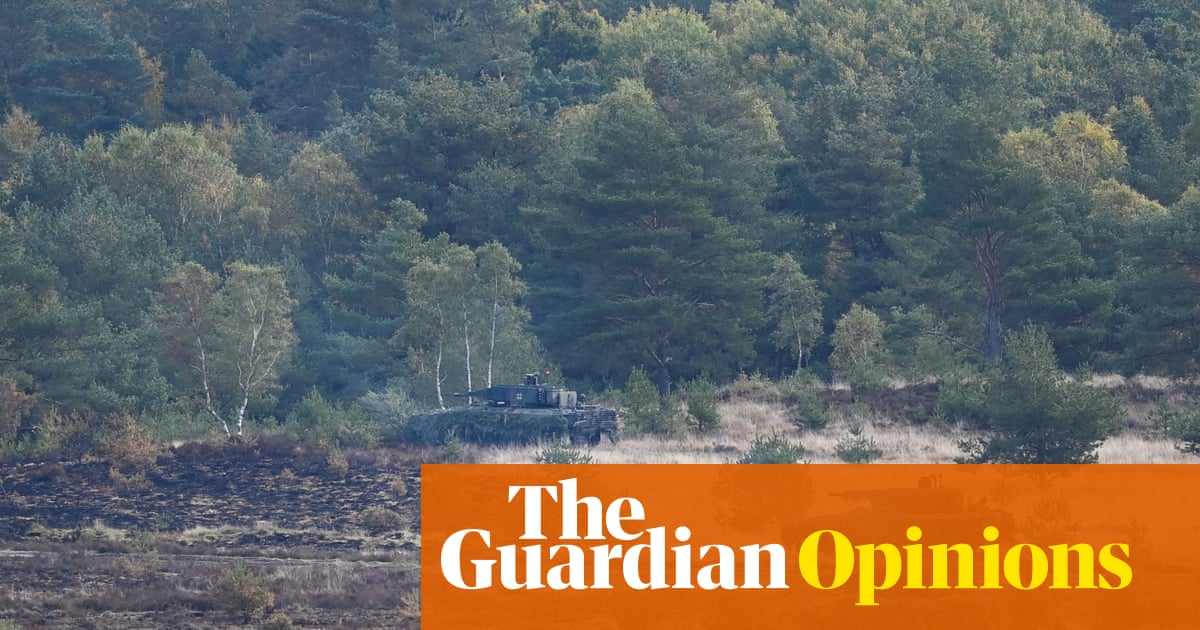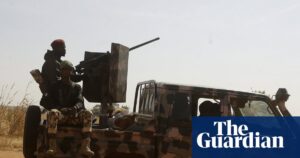
The Spanish prime minister, Pedro Sánchez, called for the creation of a European army earlier this year, suggesting that, this time, the continent might finally be serious. Defence budgets are rising. Threats are mounting. The US is distracted. Surely now is the moment. Except, of course, it isn’t.
For all the political soundbites that rattle sabres with increasing confidence, Europe is probably no closer to fielding a unified military force than it was when the French rejected the European Defence Community in 1954. The problem is not one of capacity. Europe, including the UK, collectively boasts about 1.5m active military personnel, and some of the world’s most successful defence firms. The problem, as ever, is politics. Or more precisely: who leads?
Germany, claiming a Zeitenwende (turning point), and asking the EU to exempt military investment from budget rules, might be the frontrunner. Poland is spending more as a share of GDP than anyone. The French would like to think they would be at the front of any queue. But their Gaullist, unilateral instincts run deep. Italy has industrial knowhow but lacks the economic heft. Post-Brexit, the UK is building bridges with the EU’s military powers but it still sees itself as Nato’s keystone. And the Baltic states? They want no European project that might scare off Washington.
Even defining a European army is difficult. Would it be a single force under the EU flag, combining the 27 national armed forces of the EU members into one common force? Or something looser, to keep Irish and Austrian neutrality intact? Could it be a smaller European intervention force? Or a joint effort by regional groupings in a new hat? The short answer is no one can agree on anything but disagreement.
Squabbling might not be the best response to an increasingly assertive, hawkish and unpredictable Russian giant. Moscow’s full-scale invasion of Ukraine made territorial defence a pressing concern. Suddenly, Europe remembered why armies exist.
Brussels pins its hopes of an industrial renaissance on a five-year rearmament plan that is meant to reduce reliance on US contractors. European firms like Rheinmetall and MBDA are scaling up, but the economies of scale found in the US military industrial complex elude the continent. Everyone wants to protect their local champion. No wonder the bloc has appointed a commissioner for defence whose role is about overseeing the companies making drones, shells and missiles – not the armed forces per se.
A Gallup poll in 45 countries last year showed deep ambivalence toward war among Europeans. Four of the five least willing to fight were in the EU – including Spain, Germany, and Italy, where only 14% said they’d take up arms. Even in frontline states like Poland and Lithuania, fewer than half were willing to fight. This pacifist mood reflects an EU integration designed to make war between member states unthinkable.
The irony is that the European army is seen as a symbol of independence from the US – while quietly relying on American satellites, command structures and munitions. Many European countries have upped defence spending, but they are not ready to go it alone. An integrated force would demand pooled sovereignty, unified command and a level of political consensus that don’t currently exist. That may change. But for now, Europe continues to depend on Washington’s capricious leadership – even as it dreams of “strategic autonomy”.








